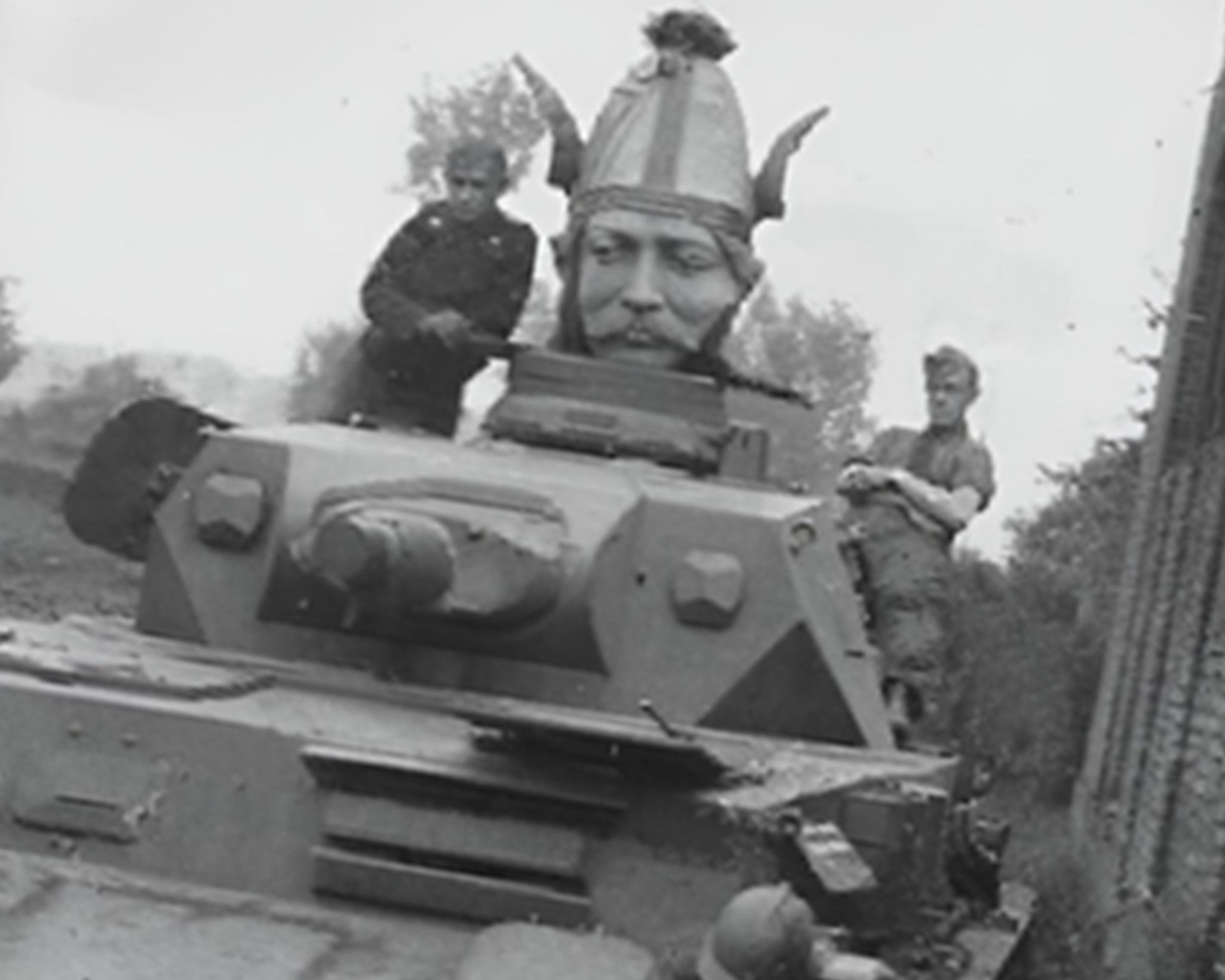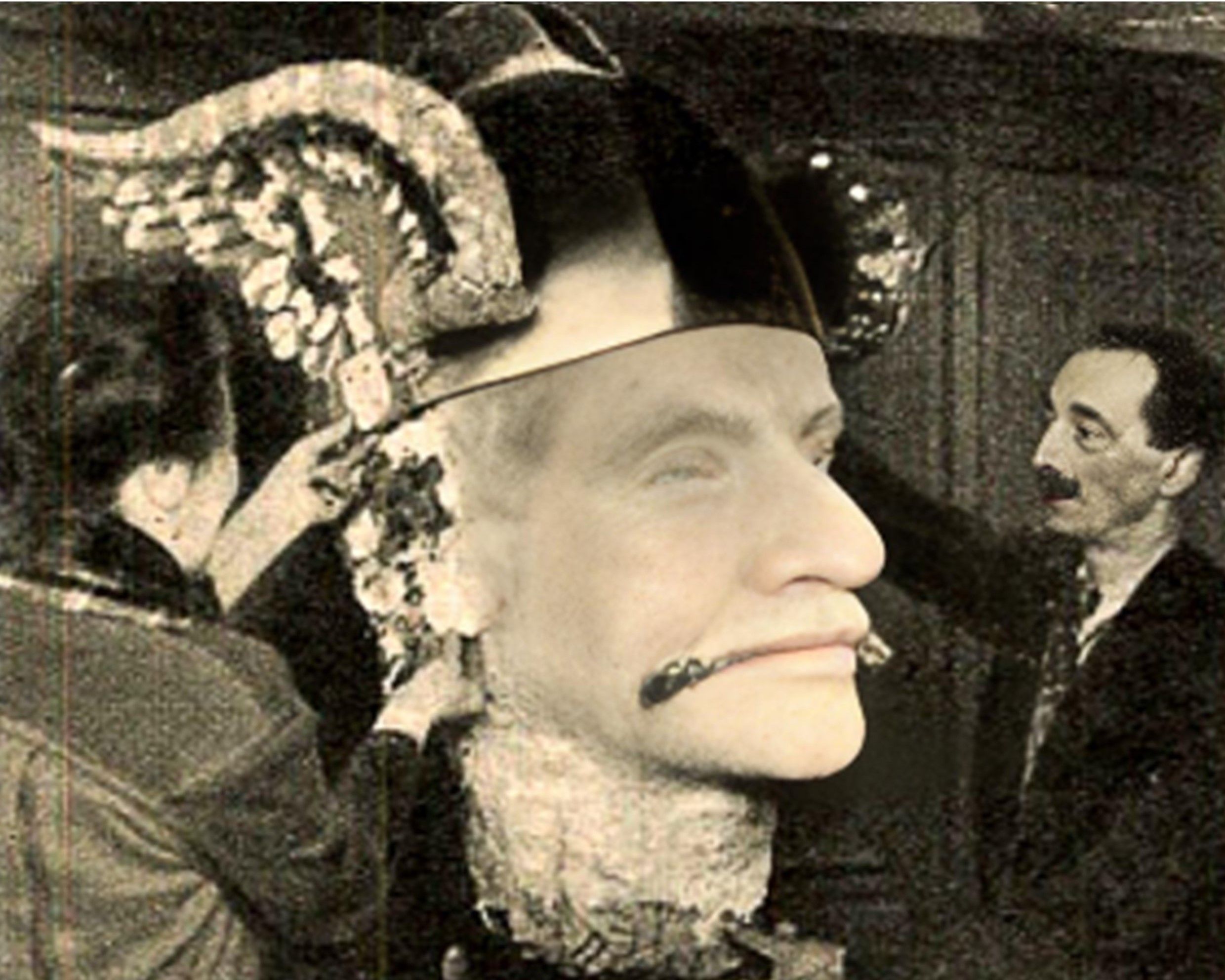
Steenvoorde's international summer carnival - Our heritage, our popular traditions

Inland Flanders, Steenvoorde, a small town in the countryside, thrives some thirty kilometers from the metropolis of Lille.
.webp?t=6fd9e407_2c6f_4fc3_a98a_fadfc9b0e6ab)
Eglise Saint-Pierre - 92 metres
In the heart of Flanders, just off the A25 freeway linking Lille to Dunkirk, Steenvoorde stands out for its church, the tallest in Flanders and one of the tallest in France, its mills with their arms wide open, and its fields with their regular furrows unfolding harmoniously in the hollow of the Flanders hills.
The little lanes along the hedged farmland are perfect for strolling and discovering chapels, estaminets and Flemish games.
Steenvoorde is a veritable country dream in the land of ducasses and portly giants.
The Giants symbolize our joie de vivre, and when they dance the riguedon in the round, the whole town is in celebration.
.webp?t=6fd9e407_2c6f_4fc3_a98a_fadfc9b0e6ab)
Noordmeulen - Windmill
In 1853 for the Mi-Carême festivities that "la Belle Hélène"This makes her one of the oldest carnival giants in the Nord-Pas de Calais region. The Giantess owes her name to a 14th-century chanson de geste, which recounts her adventures in love and her journey to find her two sons.
Although other giants, such as Jocrisse at 1862 the Belle Hélène de Steenvoorde was brought out for the Mi-Carême festivities with varying regularity until 1910.
At that time, the Giant was identified with the much-coveted Hélène, the young and seductive flower seller at the local markets. Hélène became popular more for her ample bosom and outspokenness than for her flowers. In the estaminets on carnival days, the masked gangs always find some wayward husband to take their Belle to task. Jealous and considered immoral, the Géante de Steenvoorde fell into disuse, abandoned in a shed.
.webp?t=6fd9e407_2c6f_4fc3_a98a_fadfc9b0e6ab)
She was mounted on a low cart used to take hop bales to the station, and wore a straw hat.
In April 1980 after an absence of 70 years, under the impetus of the Friends of Gambrinus "the Belle Hélène regained her place at the Steenvoorde carnival. In 1993, for the 140th anniversary of the Belle's emergence, she was restored and given a new look.

Committed to the Géants du Nord tradition, the Roubaix-based craftsman has seen dozens of Géants emerge from his workshops. In 2005, Laurent Wadier (Machu) brought about a veritable creative renaissance of La Belle Hélène.
In 2005 la Belle Hélène was entirely recreated in wood and woven wicker in the pure tradition of the Géants du Nord de la France.
The Géante measures 4.30m and weighs 65kg, carried by one person, she has a special feature: movable arms that rise when she dances.
Since the 2nd Ducasse de Géants portés in June 2015 two mini-giants Gambrinus and Ayman the pirate, created in Catalonia (E) by the Ventura-Hosta workshop, have accompanied La Belle Hélène.
"Jean le Bûcheron" was created in 1914 after a legendary tale by Julien Prouharam, tax collector in Steenvoorde.
The Giant was designed with the help of three Steenvoorde patrons, Mrs Tillie, Gillodts and Delebeau. The Reuze had three names: "Jan de schoenmaker", "Jan de wever" and "Yan den Houtkapper".
Blond-haired and blue-eyed, this warlike Giant wore a sword on the left side of his belt.

1940 the woodcutter's head is taken away by the Germans
At june 1943 no. 30 of "Le Lion de Flandre "Le Lion de Flandre Artois Boulonnais Hainaut".
"Its carcass was fashioned by a skilled local basket-maker, Father Tillie, its rib of mesh is lined on the inside with an envelope of hop husks donated by Mr Delobeau, the father of the current burgomaster, and the dress was cut and fitted by César Gilloots, whom you know well.
The four of us were responsible for sewing the strips of zine one by one (a patient job, I assure you) to form the stitches of the laubert. The head and hands were molded in Paris in a workshop specially equipped for this kind of work.
"I must confess that this account of the end of Jan den Houtkapper made my heart sink..."
In May 1940 le Géant was decapitated and its head taken to the turret of a German tank, never to be found again.
The Giant reappeared in 1948 by Hazebrouck artists maurice and Georgette Deschodt. He now wears an axe on his right shoulder.

The colors of Jean le 2ème's wardrobe varied slightly over the years. From 1948 to 1974: Pink sleeve, gray under-armor, brown skirt and green cape. From 1974 to 1993: Orange sleeve, green under-armor and cape, brown skirt. And from 1993: Red sleeve, green underskirt and armor, red cape.
Carnival on April 25 1948 and the baptism of the Woodcutter were a great success. The local and regional press were unanimous.
The day after the party, "Le Nord Maritime" reported
"Brought in by truck in the morning, Jean le Bûcheron, 4.50 m tall, from the workshops of Hazebrouck master Maurice Deschodt, was dressed from head to toe m, from the workshops of Hazebrouck master Maurice Deschodt, was dressed from head to toe by Mr. César Gilloots, tireless president of the "Friends of Fromulus" association.
At noon, in Place de la Gare, the new giant was christened in the presence of Mayor Félix Delobeau, deputies, painter Maurice Deschodt and the organizing committee. The town band played its lively marches, and then godfather Jean-Marie Kieken and godmother Marie-Madeleine Camerlynck threw a number of well-received sugared almonds at the assembled audience.
Jean le Bûcheron was solemnly led to the Grand'Place, where he was exhibited during the brilliant concert performed by the local music band, under the direction of Monsieur Robert Théry.
At 4.45pm, the cavalcade set off. Jean le Bûcheron came last, greeted by the crowd who appreciated the success of this perfect creation".
Jean le 2ème is probably the most globetrotting of all the Giants in the Hauts-de-France region. During his 67 years of activity, he has visited many countries, including Sweden, Switzerland, England, Spain, India, Poland, Portugal, Quebec, Colombia...
Jean le Bûcheron the second
has had three presidents: César Gilloots, Claude Bécuwe and Michel Sansen.
He accompanied generations of carriers, connoisseurs and fans. They all loved and admired him, and watched him retire with a twinge of sadness.

-Maurice and Georgette Deschodt - Patteln
The man who makes giants
(Revue Nord France 1948)
At 2015 the woodcutter is rebuilt in Catalonia (E) in the workshop of Toni Mujal. This Giant has kept the same characteristics as his predecessor.
It measures 4.50m and weighs 80kg, i.e. 10kg less than Jean the 2nd. He keeps his head slightly mobile and is always carried by two people in a row. His natural-looking hair and moustache give him a more jovial air. Like the previous 2 Giants, John the 3rd continues to wear a winged helmet.
"Jacobus", created 2004 in Catalonia (E) by Ramon Aumes, he represents the woodcutter's son. This Giant measures 2.50m and weighs 15kg. His godmother is Belle Hélène from Steenvoorde, and his godfather is Père Breughel from Neuve Église (B).
"Maria and Marona", created in 2006 in Catalonia (E) by Lluis Torner, Géante de Mataro (E), depicts a hippie carrying her naked baby in her arms. She arrived in Steenvoorde in April 2015, Maria becoming the woodcutter's wife. This Giant is 3.50m tall and weighs 55kg. The red and yellow ribbons hanging from her basket remind us of her Catalan origins.
.webp?t=6fd9e407_2c6f_4fc3_a98a_fadfc9b0e6ab)
"Rosalie" the milkmaid, a reminder of the existence of the brave dairy farmer from the hamlet of Ryvel, is the Giant of the association "Les Amis du Ryveld".

The association was set up in September 1991 on the initiative of school principal Mr. Derveaux, supported by a few people keen to liven up the hamlet. Various activities were organized: a flea market, a local produce fair and, in 1993, the 1st Ryveldois carnival. Then came the long-standing idea of recreating the Géante Rosalie.
A dynamic team led by Bemard Pinat, Jacky Beck, Norbert Deram and Jean-Claude Crépin took on the task, and on March 13 1994 rosalie was christened by Abbé M.Degrave with Belle Hélène as godmother and Jean le Bûcheron as godfather. A large procession accompanied Rosalie on her first outing, which ended with a blaze of fire and fireworks over the countryside of the hamlet of Ryvel.
For its 30th anniversary in 2024, the Géante is getting a makeover.
Rosalie's revival was entrusted to Julien Barthélémy, Géants' builder, assisted by Delphine Desnu, costume designer, both based in the Paris region.
Rosalie the 2nd measures 4 meters and weighs the same as Rosalie the 1st, i.e. 80kg. The Giant is carried by two people in a row.
In his studio, sculptor and visual artist Julien Barthélémy refines the features of Rosalie

"Edgar" Giant of the steenvoord Moto-club, created in 2007 in Catalonia (E) by Ramon Aumes, he represents a biker fraudster.

This Giant measures 3.80m and weighs 42kg. His godfather is Jean le Bûcheron and his godmother is Rosalie du Ryveld.
Edgar refers to and pays homage to a biker fraudster who actually existed. Although his first name wasn't Edgar, it was Albert Capoen, who rode a Gnome Rhône, a motorcycle whose tank he rigged for minimum fuel capacity and maximum space to hide tobacco. This brave, rebellious biker was known to all, and was greeted as he passed, even by customs officers.
In the 19th century, carnival was spontaneous and popular, and took place every year during the Mi-Carême festivities.
At the beginning of the 20th century, the festival was organized then evolved into a summer carnival.
In the 21st century, the festival became international.
The Steenvoorde International Summer Carnival is traditionally held on the last Sunday in April.
Every year, it brings together crazy brass bands and local and regional folk groups. Several prestigious foreign bands also take part.
The next Steenvoorde Summer Carnival will be held on Sunday, April 27, 2025
Machine translation service: DeepL Translator
Design geantsteenvoorde.fr
Copyright © February 2023 / 2024
Pascal Cnockaert
Site hosted by: planethoster
References and sources: Bulletin Officiel Municipal 3ème trimestre (1964) -Bulletin Officiel Municipal N° 2 (1970) - Steenvoorde Info N°4 Juin (1994) - Revue Le Lion de Flandre Artois Boulonnais Hainaut N° 30 Juin (1943) - Jean Yves Cnapelynck, photo archive (Carnaval de Steenvoorde 1950 et 1951) - L'homme qui fabrique des géants, Nord-France (1948) - La Ballade des Géants de la Flandre maritine Française, Maurice Millon (1970) - Indicateur des Flandre, April 1979 - Indicateur des Flandres, Geo Hennebelle - Voix du Nord Hazebrouck, April 1981 - Patrimoine oral, audio recording:Georges Delaeter et Michel Haverbeque (1979) - Fiche PCI en France - La légende de "Rosalie" la Géante du Ryveld, Michel Loosen (1993) - Géants du Nord/Pas-de-Calais, Robert Chaussois (1998) - Dictionnaire des Géants du nord de la France, Gérard Tourpier (2007) - Gigantia, Un Mundo de Gigantes (2021) - Web archives: geant-belle-helene-org - les-amis-de-fromulus.com - mcsteenvoordois.fr - musique-steenvoorde.fr.